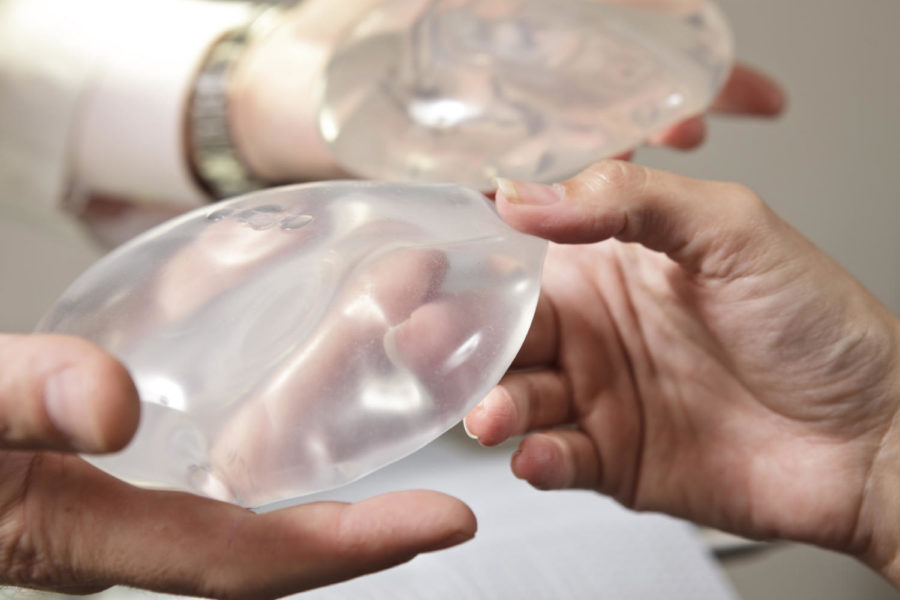Brase: Breast implants pose too great of risk for women
Columnist Brase points out the negatives of breast implants including health dangers such as breast pain and chest wall deformity.
November 4, 2015
Getting breast implants was once a popular boost to self-esteem, but the implants have lasting detrimental effects.
Between 2000 and 2006, having surgery for breast implants increased by 55 percent, according to Health Magazine.
American Society of Plastic Surgeons also reported that the main benefits of going under the knife for breast implants is to make breasts appear fuller, improve the balance of a woman’s figure and enhance self-image and self-confidence.
But the women who went into surgery did not think of the cons that come with surgically achieving larger breasts. Focusing on obtaining their ideal bodies, women forgot about the monetary costs and health implications associated with implants.
The average cost of implant surgery in 2014 was $3,708, but it costs $2,330 to get the implants removed, according to the American Society of Plastic Surgeons.
For a while, women with breast implants may feel they achieved their ideal body but only until they physically start to feel the weight behind the implants. Women experienced back and neck pain, felt uncomfortable exercising and experienced unnatural physical appearance.
Exercising is a factor people use to generally feel healthier and ultimately feel confident about themselves. When women with implants exercise, they see how larger breasts get in the way of their goal.
Breast implants place a significant weight on a woman’s chest, making workouts and other everyday activities painful and cumbersome. If a woman wanted to get 500 CC silicone or saline implants, which would increase her breast size by 2 and a half cups, she would be putting nearly 2 and a half pounds of stress on her natural breast tissue.
This being said, it is understandable why this sort of physical stress and pain could lead a woman to get an explant: removal of the implants.
About 24,000 women, between 30 and 54 years old, had an explant in 2014.
Breast implants can cause breast pain, chest wall deformity, deflation, wrinkling and infections, according to the U.S. Department of Health and Human Services. However, even after a woman decided to remove her breast implants, the beasts still have the potential to look concave with severe scaring. And with each additional surgery, the woman risks cutting off blood supply to her nipples, causing them to lose all functionality.
Health Magazine also reported that rupture or deflation occurs to about 10 to 25 percent of silicone gel and saline implants within the first 10 years of implantation.
In other words, it is not a guarantee that the larger, fuller breasts surgically implanted will stay that way for the rest of your life.
In an interview with Health Magazine, Janette Alexander, a plastic surgery medical officer in the FDA’s division of surgical devices, explained that implants are not built to last the span of a woman’s life, and often times she will need additional surgery after the initial implantation.
Even though implants are artificial, they will age with the woman who received them. Weight gain or loss after the surgery can also affect the appearance of the breasts, according to the Mayo Clinic.
Women go into these surgeries hoping to come out with perkier, larger breasts, but they could end up with naturally saggy breasts because of the many unknown factors after surgery. The Mayo Clinic stated that gravity will still take its toll on breast augmentations.
Implants do not prevent breasts from sagging, which begs the question why women would risk damaging their natural tissue to ultimately end up with structurally worse breasts than they would have had they allowed their bodies to age naturally.







